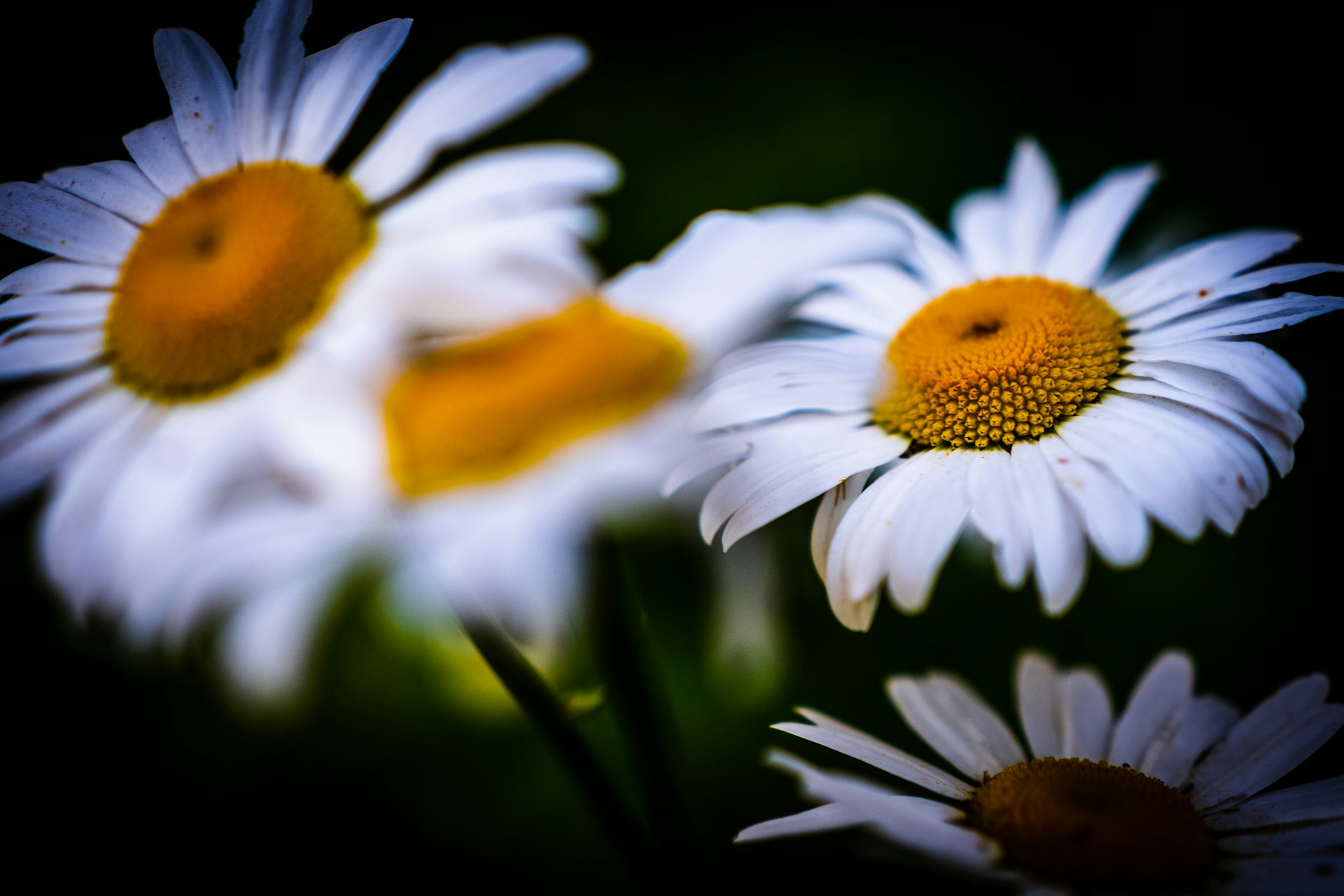I. Introduction
Hummingbirds, with their iridescent colors and aerial acrobatics, are a joy to watch for any nature enthusiast. In Montana, attracting these small birds to your garden can be achieved by planting specific types of flowers they are attracted to. Given the diverse climate and growing conditions in Montana, this research aims to enumerate the types of fast-growing, as well as long-term flowering plants that can be of most appeal to the hummingbirds.
II. Characteristics of Montana’s Climate Suitable for Growing Hummingbird-Attracting Flowers
Montana experiences a wide range of temperatures and precipitation patterns throughout the year. The USDA Hardiness Zones vary significantly from the Northern to Southern parts of the state, greatly affecting the plant species that flourish in each area.
In Southern Montana, temperatures are generally warmer with a longer growing season. This makes it ideal for hardy, drought-resistant plants. Conversely, Northern Montana features a colder climate with shorter growing seasons, making it suitable for hardier plant species. Understanding these variations is crucial when deciding which flowers to plant in your hummingbird garden.
III. Fast-Growing Flowers Ideal for Montana
Among the traits that make a flower attractive to hummingbirds include a high nectar content, a tubular shape that allows easy access to the nectar, and bright colors, particularly red. Native plants tend to be more favored as they are adapted to the local growing conditions and are more likely to thrive.
Fast-growing flowers that draw in hummingbirds and are suitable for Montanan conditions include:
- Bee Balm (Monarda): Boasting an extended bloom time from July to September, these perennial plants are easy to grow, and drought and deer-resistant. They are a perfect pick for any Montana hummingbird garden.
- Sage (Salvia spp.): Sage plants vary in size but consistently attract hummingbirds due to their high nectar content. They bloom from April to September, offering a reliable source of food for the birds.
- Fireweed (Chamerion angustifolium): An extremely fast-growing plant, fireweed can take over a garden if not appropriately managed. Blooming from June to September, its flowers, however, are irresistible to hummingbirds.
- Petunia (Petunia): With varieties that grow in various sizes and colors, petunias bloom from April to October, serving as a food source for hummingbirds over multiple seasons.
- Impatiens (Impatiens): These plants are perfect for shaded areas of the garden and bloom from April to June, drawing in hummingbirds consistently during this time.
IV. Native Montana Flowers That Attract Hummingbirds
Exposed over generations to the local conditions, native Montana plants are perfect for sustaining local biodiversity and creating robust hummingbird gardens.
Among the native hummingbird attractors are:
- Lupine (Lupinus): These nitrogen-fixing perennials not only improve the quality of the soil for other plants but also bloom between May and July, providing nectar for hummingbirds.
- Columbine (Aquilegia): Known for their unique flowers, Columbines are early bloomers that attract hummingbirds from early on in the season.
- Golden Currant (Ribes aureum): Offering bright yellow blooms from March to May, these plants not only draw in hummingbirds but also provide beautiful additions to one’s garden.
- Lily (Lilium canadense, Lilium columbianum): These flowering plants produce unusually large blooms from June to August that attract a range of pollinators, including hummingbirds.
- Anise Hyssop (Agastache): Known for their mint scent that deters mammals, the Anise Hyssop plants provide tubular blossoms from June to September that are irresistible to hummingbirds.
V. Longer-Term Projects: Flowers That Take More Time to Grow
Investing in long-term plant projects not only adds lasting enhancements to the garden but also extends the blooming season, providing a consistent food source for hummingbirds. Some of these patience-testing plants include Golden Currant (Ribes aureum), which offers double blooms and extended growth period, and Columbine (Aquilegia) that add both ecological benefits and visual appeal.
VI. Practical Considerations and Challenges
While planning for a hummingbird garden, several potential challenges need to be considered. These include garden maintenance, managing invasive species, and addressing pest and disease issues. However, with diligent care which includes regulating the water and sunlight requirements of the plants, and regular soil amendment, a thriving garden that continually attracts hummingbirds can be achieved.
VII. Conclusion
Hummingbirds, with their vibrancy and active behavior, add a splash of life and color to our gardens. By carefully selecting and tending to fast-growing and native Montanan plants, gardeners can create a sustainable ecosystem that not only benefits the environment but also brings great joy for nature enthusiasts. Here’s to bringing in more hummingbirds to Montana gardens!

